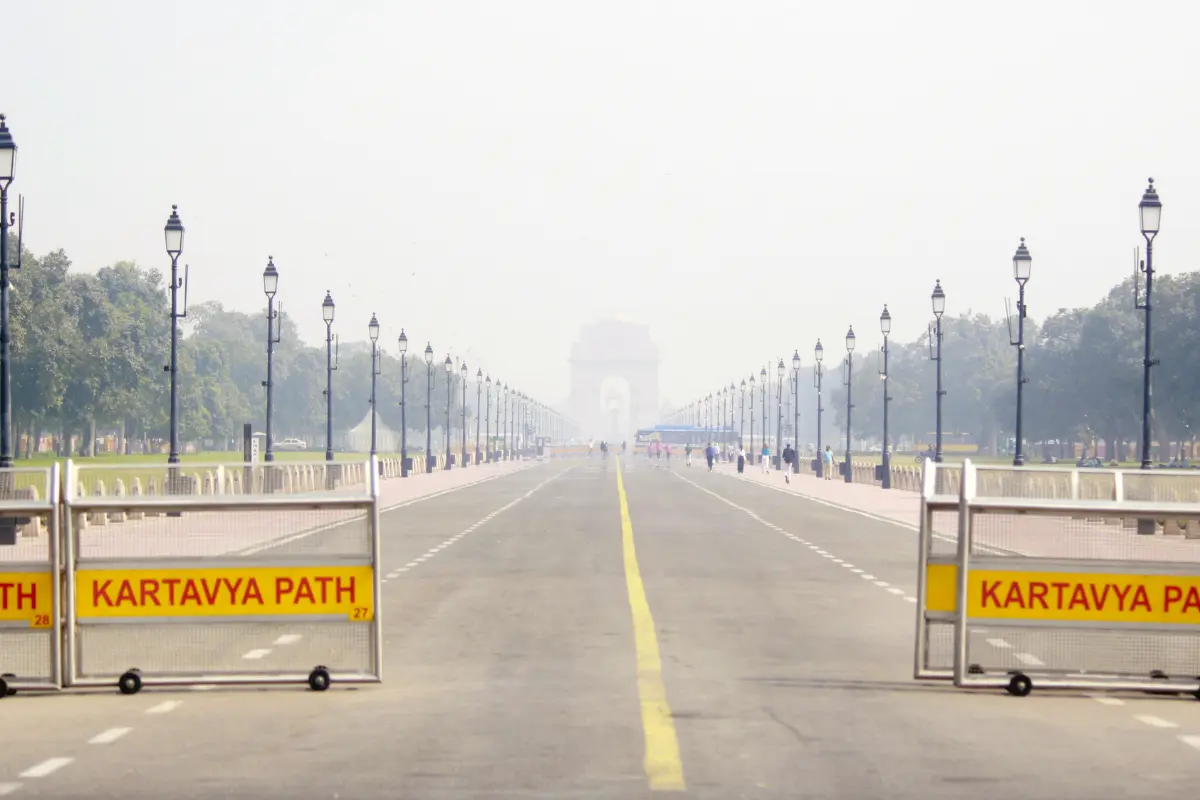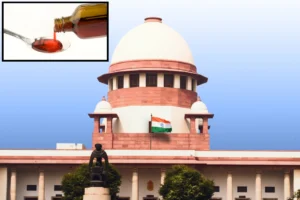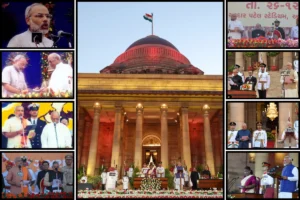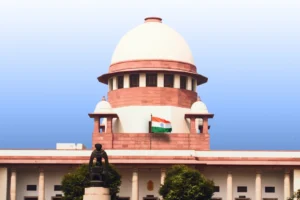
On Monday, the air quality in the Delhi-NCR region continues to deteriorate, shrouded in a thick layer of smog during the early morning hours.
As reported by the Central Pollution Control Board (CPCB), the average Air Quality Index (AQI) in the national capital hit 328 at 7:30 AM, placing it firmly in the ‘very poor’ category.
The pollution crisis extends beyond Delhi, with other cities in the region reporting similarly alarming figures. This includes:
- Faridabad recorded an AQI of 206,
- Gurugram – 195,
- Ghaziabad – 252,
- Greater Noida – 248, and
- Noida – 267
Despite a brief respite on Saturday, when wind patterns temporarily improved air quality to the ‘poor’ category, levels fell back to ‘very poor’ by Sunday and have remained there into Monday.
The National Air Quality Index highlights particularly concerning conditions in several areas of Delhi, with:
- Anand Vihar registering an AQI of 357,
- Ashok Vihar at 361,
- Wazirpur at 362,
- Jahangirpuri at 366, and
- Najafgarh at 325
Additionally, Indira Gandhi International Airport (T3) also recorded an AQI of 316, adding to the mounting concerns for travelers and residents alike.
In neighboring Noida, air quality remained in the ‘poor’ range on Monday morning, with several areas reporting AQI values between 250 and 299.
Gurugram also exhibited a mix of ‘poor’ and ‘very poor’ air quality readings.
For reference, the AQI scale categorizes air quality as follows:
- 0-50 (Good),
- 51-100 (Satisfactory),
- 101-200 (Moderate),
- 201-300 (Poor),
- 301-400 (Very Poor), and
- 401-500 (Severe)
Experts Warn Of Rising Pollution Levels In Delhi-NCR
Experts warn that pollution levels in Delhi-NCR are likely to escalate further in the coming days, primarily due to stubble burning and the use of firecrackers, which contribute significantly to the poor air quality.
The lack of favorable wind conditions exacerbates the situation, trapping pollutants close to the ground.
The region has however struggled with air pollution for several days, and conditions worsened sharply on Sunday, with the AQI in certain areas reaching hazardous levels above 400, particularly in Anand Vihar, Mundka, and Bawana.
The 24-hour average AQI for Delhi was recorded at a staggering 355 on Sunday afternoon.
Meanwhile, in response to the alarming air quality, the Commission for Air Quality Management (CAQM) recently initiated Stage 2 emergency measures under the Graded Response Action Plan (GRAP) to combat the city’s pollution crisis.
This phase emphasizes heightened efforts to mitigate dust pollution and limit emissions from diesel generators.
Authorities are however deploying mechanical road sweepers, conducting water sprinkling operations on key thoroughfares, and intensifying inspections at construction sites to enforce stricter dust control measures.
These actions aim to curb further deterioration and protect public health in the face of ongoing environmental challenges.
Also Read: Spanish President Pedro Sanchez Begins Landmark Visit To India; Aims To Strengthen Bilateral Ties
To read more such news, download Bharat Express news apps


















